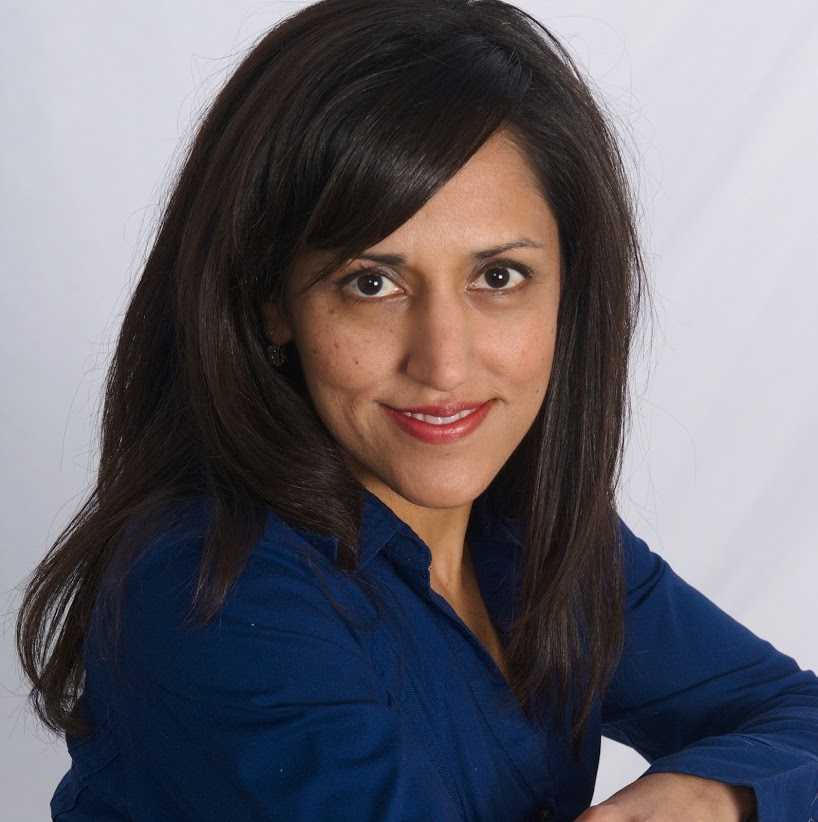Nari Clemons on the Power of Meditation

The following is a message from Nari Clemons, the instructor of Herman & Wallace's new Meditation for Patients and Providers course. You can join Nari at Touro College in New York this July 19-20 at Meditation for Patients and Practitioners - New York, NY!
What doesn’t meditation do? And why aren’t we meditating, already?
I’ve heard it said that if all the benefits of exercise could be placed in a pill, it would be the most powerful prescription. I’m thinking that the same could be said for meditation. We hear little snippets of it as we scroll through the news: meditation for heart disease, meditation for blood pressure, meditation for decreased anxiety. Well, here is yet another study:
Researchers used fMRI technology to examine the brain in 50 people who had been meditating for an average of 20 years and 50 non- meditators. Both groups had the same number of men and women, with ages ranging from 24 to 77. The participants’ brains were scanned, and while age did related to gray matter loss, it was better preserved in those who meditate. **
Americans are living longer, but rates of Alzheimers and Neurodegenerative disease rates are going up. Well, meditation is something you can do to keep on top of your cognitive game. So, why aren’t people meditating? When I ask patients this, I often hear, “I don’t know how” or “I tried it once and I didn’t like it”. I think there is a misconception that mediation should be valued if someone had an experience of bliss or if they are “good at it”.
In fact, meditation is like exercise; it is a benefit that grows as you use it more. It can be hard at first when the mind is not used to being calm or more still. It is not a one-time-use kind of fix. Like exercise, as you do it more, you see more benefits, and you come to like it more. Not everyone who is starting an exercise program will want to train for marathons or be a ballerina or try cross fit. Just as there are different personalities and starting points with exercise, the same can apply to meditation.
In the MPP Herman Wallace course, Meditation for Patients and Practitioners, we break down a lot of the mystery behind learning and teaching meditation. We use techniques of different lengths of time and different aims. We discuss how to pick which technique for which patient or even how to choose a technique for the same patient in a different situation. Going further, we discuss ways to use meditation as a health care provider, so you can share in the benefits of a practice and keep yourself refreshed about your practice. Participants in the course get lots of lab time to develop comfort level deciphering which technique to use and be comfortable teaching and using meditation in their own lives. We also provide a CD with many of the techniques that you will be able to use to refresh course material or to recommend to participants for use in their own homes.
As providers we know that “carrying our patients home” by thinking of them when we leave work or staying sad or anxious about something that happened that day at work is not actually helpful to our patients. Or we may realize we are tired or worn out from the stress of our jobs. Yet, we really don’t know what to do about it. In the MPP course, we discuss ways to keep your job in the space it belongs in your life. This can help practitioners to live a more balanced life, as well as being more present at work.
By accepting you will be accessing a service provided by a third-party external to https://hermanwallace.com/




































